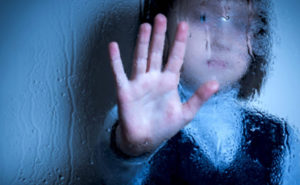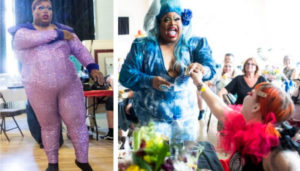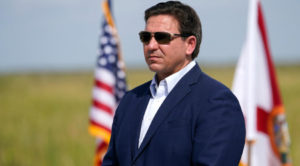In the cartoon below, you will see the Department of Homeland Security (DHS) encourage a young female protagonist to report her “Uncle Steve” to Facebook for posting “disinformation”…
Products like these (and DHS has an entire line of them) are a far cry from the primary means by which DHS coordinates online censorship at scale. As introduced in Part 1, DHS chiefly spearheads censorship through its partnerships with tech companies, civil society groups and media institutions, synchronizing a “whole-of-society” counter-disinformation networked response to collectively target the same narratives, the same slogans, the same symbols, the same influential movement voices, and the same highly engaged “repeat spreaders” who comprise the narrative’s online support network.
We will go through specific examples of DHS orchestrating this process later in this series. But in this report, the simplicity of the above children’s cartoon provides a useful window into elucidating key features of DHS’s censorship practices first.
DHS purports to distinguish between three types of speech violations: misinformation, disinformation and malinformation. Misinformation is a factually incorrect, but not on purpose. Disinformation is when someone lies on purpose, with a malevolent intent in advance. And malinformation is when someone’s opinion is factually accurate (or at least not provably wrong) but DHS determines the use of such facts to be misleading. Read more…





